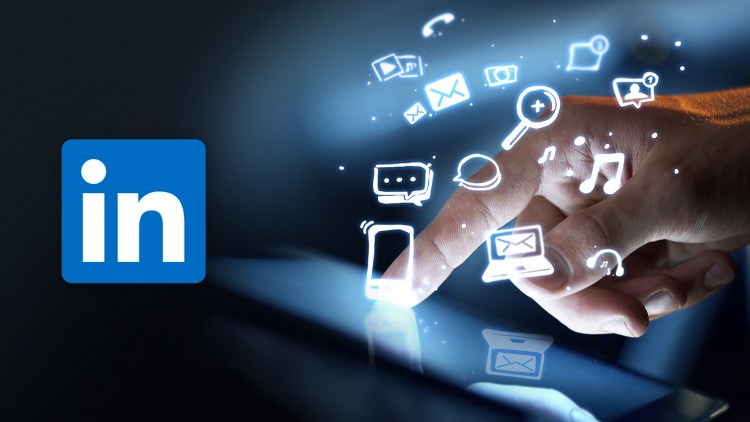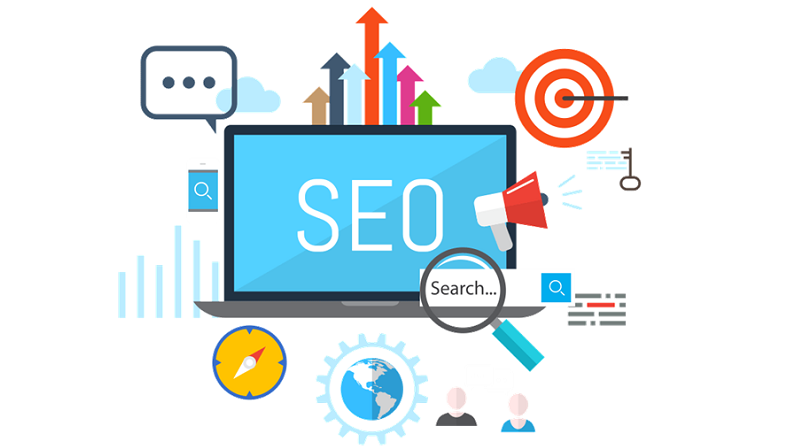In the ever-evolving landscape of digital marketing, LinkedIn stands out as a powerhouse for B2B companies seeking to connect, engage, and thrive in a professional ecosystem. With over 774 million users worldwide, LinkedIn has transformed from a mere networking platform to an indispensable tool for businesses looking to establish authority, foster relationships, and generate leads within the B2B space.
LinkedIn’s unique focus on professional networking makes it an ideal space for B2B marketing efforts. Unlike other social media platforms, LinkedIn provides a platform where businesses can engage with decision-makers, industry professionals, and potential clients in a context that values professionalism and business acumen.
In this article we will explore how Kurieta can help you elevate your Linkedin presence to the next level with the help of the latest Linkedin marketing techniques and help your business reach its B2B marketing goals
Optimizing Your LinkedIn Company Profile
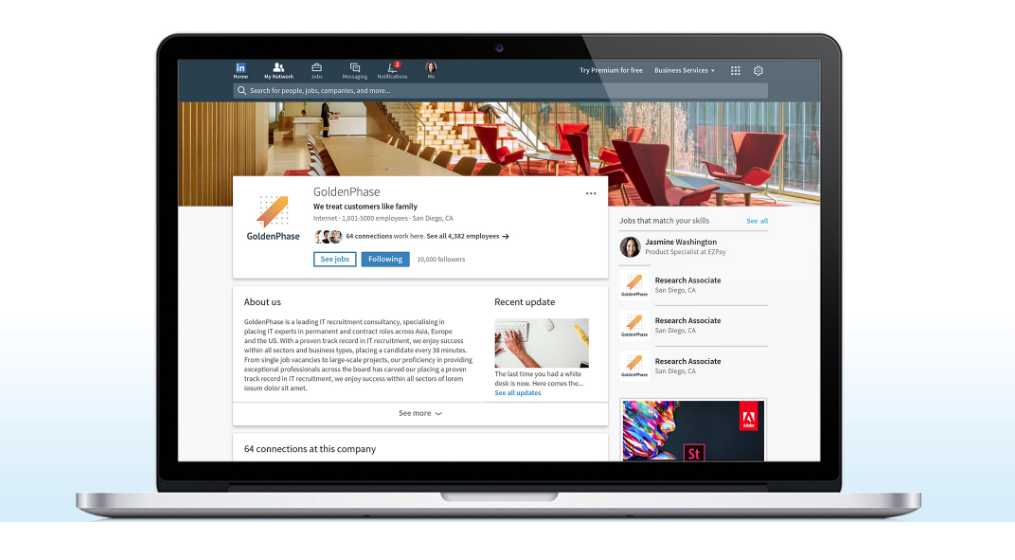
Your LinkedIn company profile is the digital face of your business in the professional realm. A well-optimized profile not only attracts attention but also instills confidence and trust in potential clients, partners, and employees. In this section, we’ll explore key strategies to ensure your LinkedIn company profile is not just a placeholder but a compelling representation of your brand.
Crafting a Compelling Company Description
The company description is the first impression visitors have of your business. Make it count by crafting a concise yet impactful description that communicates your brand’s essence. Focus on:
- Mission and Values: Clearly articulate your company’s mission and values.
- Core Competencies: Highlight key products or services that set your business apart.
- Client Success Stories: If applicable, showcase notable client successes.
Visual Branding: Logo and Banner
Visual elements play a crucial role in brand recognition. Optimize your profile’s visual appeal by:
- Logo: Ensure your company logo is high-resolution and clearly represents your brand.
- Banner Image: Use a visually appealing banner that complements your brand colors and messaging.
- Consistency: Maintain visual consistency with your website and other marketing materials.
Key Information: Industry, Size, and Specialties
LinkedIn allows you to provide additional information about your business. Optimize these sections by:
- Industry Selection: Choose the most relevant industry to enhance discoverability.
- Company Size: Accurately represent the size of your organization.
- Specialties: List specific services or specialties that define your business.
Showcasing Company Culture
LinkedIn is not just a platform for business transactions; it’s a space to humanize your brand. Showcase your company culture by:
- Employee Spotlights: Feature key team members to give a personal touch.
- Behind-the-Scenes Content: Share glimpses of your workplace and team activities.
Engaging Content on the Company Page
Content is king, even on LinkedIn company pages. Keep your audience engaged by:
- Regular Updates: Post relevant and timely updates about your company.
- Multimedia Content: Incorporate images, videos, and infographics for a diverse content strategy.
- LinkedIn Articles: Utilize the platform’s long-form content feature for in-depth insights.
Remember, a well-optimized LinkedIn company profile is not a one-time task. Regularly update your information, share valuable content, and interact with your audience to keep the profile dynamic and reflective of your business’s evolution. In the next section, we’ll explore strategies for building a strong employee presence on LinkedIn to further amplify your brand’s reach.
Building a Strong Employee Presence
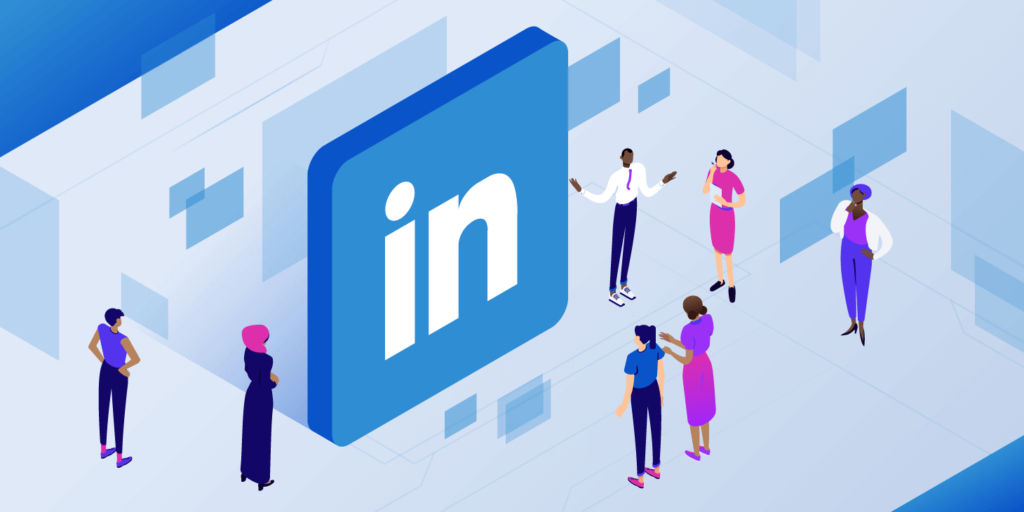
While your company profile serves as the digital storefront, your employees are the ambassadors who can amplify your brand’s reach and influence on LinkedIn. Building a strong employee presence not only enhances the visibility of your company but also adds a personal touch that resonates with potential clients, partners, and talent. In this section, we’ll delve into strategies for empowering your employees to become advocates on LinkedIn.
Linking Profiles to the Company Page
Encourage all employees to link their profiles to the official company page. This not only establishes a clear connection but also contributes to the overall network strength of your business. Guide employees through the process and highlight the benefits of this association, such as increased visibility and networking opportunities.
Employee Advocacy Programs
Consider implementing formal employee advocacy programs where employees are encouraged to actively share and engage with company updates. Recognize and reward employees who consistently contribute to the company’s LinkedIn presence.
Training on LinkedIn Etiquette
LinkedIn has its own set of professional norms. Provide employees with training on LinkedIn etiquette to ensure their interactions align with the company’s brand image. This includes guidance on:
- Profile Professionalism: Optimal profile photos, headline optimization, and professional summaries.
- Engagement Practices: Best practices for commenting, liking, and sharing content.
- Connecting Strategically: Encouraging connections with industry peers, clients, and potential partners.
Content Sharing Guidelines:
Offer guidelines on what types of company content are shareable, emphasizing the importance of maintaining a balance between company-related posts and individual insights or industry news.
Leveraging Employee Networks
The collective network of your employees can significantly expand your company’s reach. Encourage employees to leverage their networks by:
- Sharing Company Updates: When employees share company updates, these reach a broader audience.
- Engaging in Discussions: Participation in industry-related discussions enhances visibility.
- Tagging the Company: When relevant, encourage employees to tag the company in their posts for increased exposure.
Employee-Generated Content:
Empower employees to create and share content related to their roles, expertise, or experiences. This not only humanizes the brand but also showcases the depth of talent within the organization.
Amplifying Individual Thought Leadership
Position your employees as thought leaders in their respective fields. Encourage them to:
- Publish Articles: Share insights, trends, and expertise through LinkedIn articles.
- Participate in Webinars and Events: Highlight employee participation in industry events.
- Endorsements and Recommendations: Encourage employees to endorse and recommend each other, showcasing a cohesive and skilled team.
Building a strong employee presence on LinkedIn is not just about individual visibility; it’s about collectively strengthening the brand’s impact. In the next section, we’ll explore strategies for content creation and curation to keep your LinkedIn company page vibrant and engaging.
Content Strategy for B2B Companies on LinkedIn
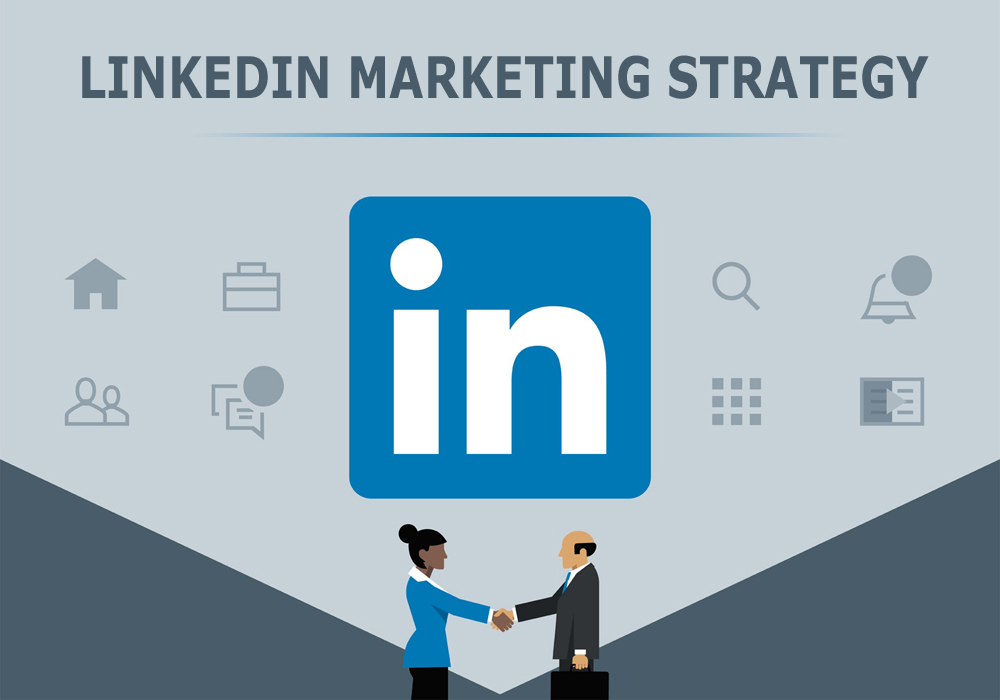
A robust content strategy is at the heart of successful B2B marketing on LinkedIn. With the platform’s professional focus, B2B companies have a unique opportunity to position themselves as industry leaders, share valuable insights, and build meaningful connections. In this section, we’ll explore key elements of an effective content strategy tailored for LinkedIn.
Creating and Sharing Industry-Relevant Content
Establish your B2B company as a go-to source for industry insights by:
- Curating Industry News: Share and comment on relevant news articles, showcasing your awareness of industry trends.
- Thought Leadership Posts: Craft posts that express your company’s perspective on industry challenges, innovations, and best practices.
- Company Milestones: Celebrate achievements, product launches, or anniversaries to foster a sense of community.
The Power of Visuals:
Incorporate eye-catching visuals, such as infographics or images, to enhance the visibility and shareability of your content.
Utilizing Multimedia Content
Diversify your content approach by incorporating:
- Videos: Create engaging videos to introduce team members, explain complex concepts, or showcase behind-the-scenes activities.
- Webinars and Livestreams: Host live events to share knowledge, answer questions, and interact with your audience in real-time.
- SlideShare Presentations: Convert informative content into visually appealing SlideShare presentations for easy consumption.
LinkedIn Documents:
Utilize the LinkedIn Documents feature to share whitepapers, case studies, and other informative materials directly on the platform.
Leveraging LinkedIn Articles for Long-Form Content
LinkedIn Articles provide a platform for in-depth exploration of topics. Maximize their impact by:
- Creating Authoritative Content: Write articles that position your company as an expert in your field.
- Tackling Industry Challenges: Address common pain points or challenges your audience may be facing, offering practical solutions.
- Including Visuals and Links: Enhance articles with images, infographics, and links to relevant resources.
Engage Your Audience:
Encourage readers to share their thoughts and experiences in the comments, fostering a sense of community around your content.
Tailoring Content for Different LinkedIn Audiences
LinkedIn allows you to target specific audiences with your content. Tailor your posts for:
- Company Followers: Share updates, announcements, and company-specific content.
- Industry Groups: Contribute valuable content to relevant LinkedIn groups to expand your reach.
- Targeted Audiences: Use LinkedIn’s targeting features to reach specific demographics, ensuring your content resonates with the right audience.
A/B Testing:
Experiment with different content formats and messaging to understand what resonates best with your target audience.
Crafting a well-rounded content strategy on LinkedIn involves a mix of curated industry insights, original thought leadership, and engaging multimedia. In the next section, we’ll explore strategies for actively engaging with your LinkedIn network to foster meaningful connections and conversations.
Engaging with Your LinkedIn Network
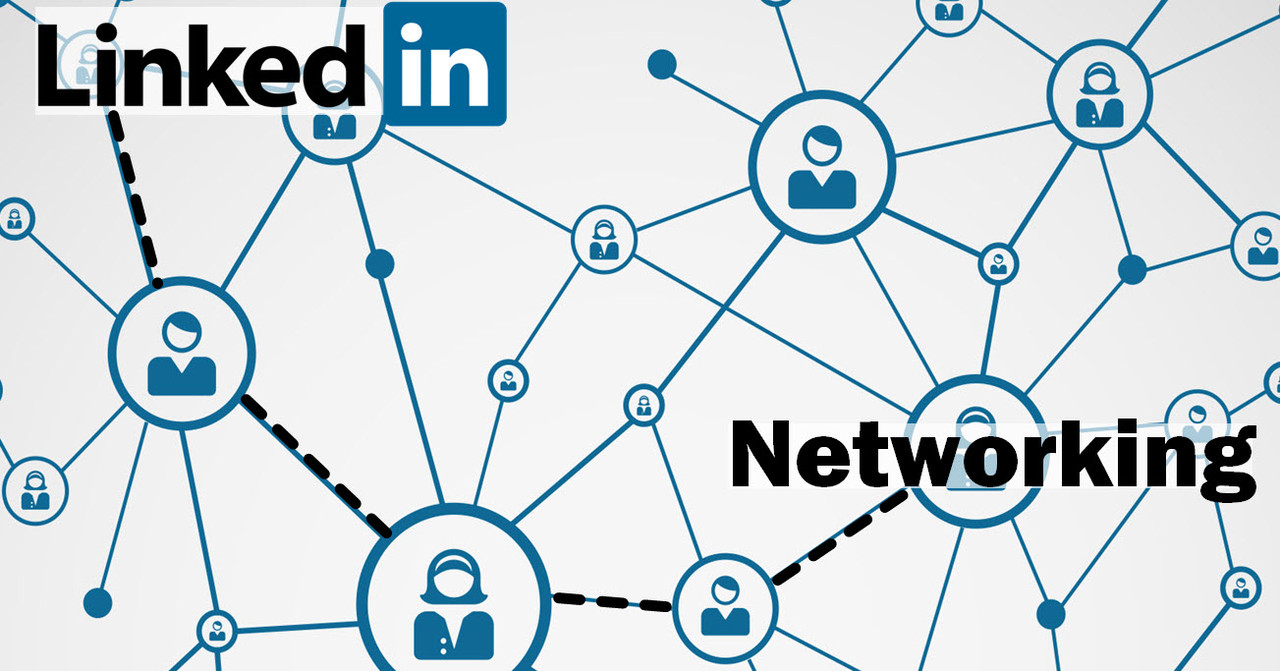
Building a strong presence on LinkedIn isn’t just about posting content—it’s about fostering meaningful connections and engaging in conversations. In this section, we’ll explore strategies for actively engaging with your LinkedIn network to enhance visibility, build relationships, and establish your B2B company as a valuable participant in your industry.
The Importance of Regular Updates and Posts
Consistency is key on LinkedIn. Ensure your company remains on your network’s radar by:
- Regular Updates: Share company news, achievements, and relevant industry updates consistently.
- Content Calendar: Establish a content calendar to maintain a steady posting schedule.
- Variety in Content: Mix up your content types to keep your audience engaged.
Timing Matters:
Experiment with posting at different times to determine when your audience is most active.
Effective Use of Hashtags for Visibility
Boost the discoverability of your content by incorporating:
- Industry-Specific Hashtags: Research and use popular hashtags relevant to your industry.
- Branded Hashtags: Create a unique branded hashtag to encourage community engagement.
Trending Hashtags: Monitor and participate in trending industry conversations.
Hashtag Etiquette:
Avoid overloading your posts with hashtags; focus on a few relevant ones to maintain professionalism.
Responding to Comments and Messages Promptly
Engagement is a two-way street. Demonstrate your commitment to your audience by:
- Timely Responses: Respond promptly to comments on your posts to encourage ongoing discussions.
- Direct Messages: Regularly check and respond to direct messages, inquiries, and collaboration opportunities.
Personalized Responses:
Avoid generic replies; instead, tailor your responses to the specific comment or message.
Using LinkedIn Groups for B2B Networking
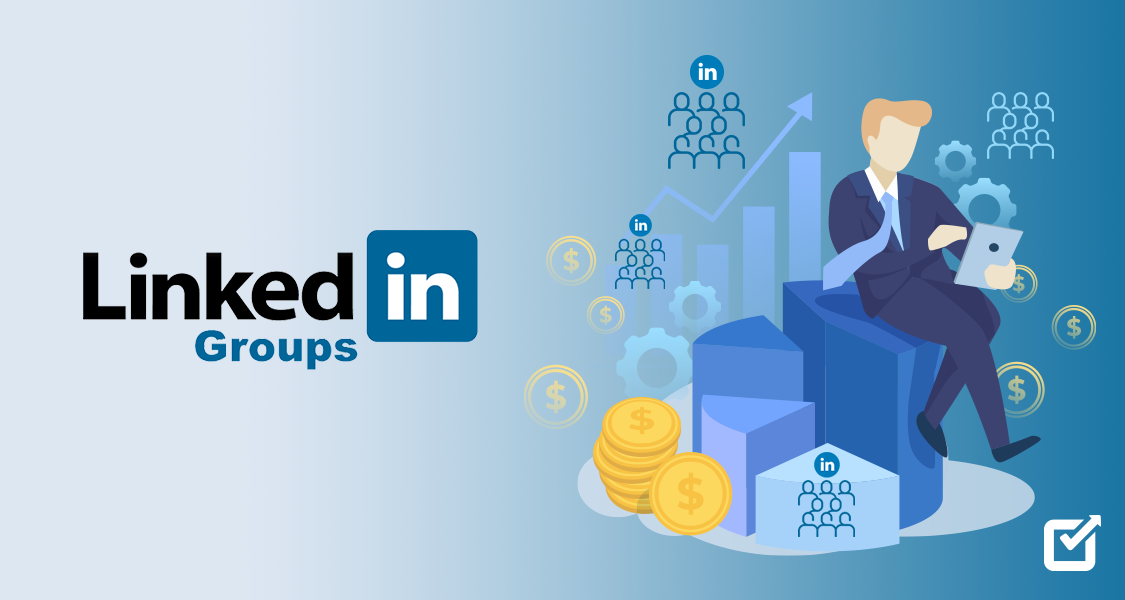
LinkedIn Groups present a unique opportunity for B2B companies to engage in focused discussions, build relationships, and position themselves as thought leaders within their industry. In this section, we’ll explore strategies for leveraging LinkedIn Groups to maximize B2B networking and collaboration.
Finding and Joining Relevant Industry Groups
Identify and become part of LinkedIn Groups that align with your industry, niche, or target audience. Focus on:
- Quality Over Quantity: Join groups with active and engaged members rather than simply seeking large numbers.
- Industry-Specific Groups: Participate in groups where your target clients and industry peers are likely to be present.
Participating in Group Discussions
Engage in meaningful conversations within LinkedIn Groups by:
- Thoughtful Comments: Contribute insightful comments to existing discussions.
- Sharing Expertise: Share your company’s expertise by answering questions and providing solutions.
- Asking Questions: Pose thoughtful questions to stimulate discussions and showcase your interest in the community.
Avoiding Over-Promotion:
While sharing relevant content is encouraged, refrain from excessive self-promotion to maintain group integrity.
Sharing Company Updates Within Groups
Strategically share your company updates within relevant LinkedIn Groups by:
- Customized Introductions: Provide context when sharing updates to explain the value to group members.
- Targeted Content: Tailor your content to address the specific interests and challenges of group members.
Creating and Managing Your Own LinkedIn Group
Consider creating a LinkedIn Group for your company to:
- Foster Community: Build a community around shared interests or industry challenges.
- Facilitate Discussions: Initiate and moderate discussions to keep the group active and engaged.
- Showcasing Thought Leadership: Share exclusive insights and content directly with group members.
Leveraging Group Connections for Outreach
Once you’ve established a presence in LinkedIn Groups, use these connections for:
- Direct Outreach: Connect with group members who align with your target audience or business goals.
- Collaborative Opportunities: Explore collaboration opportunities with group members, such as partnerships or joint ventures.
LinkedIn Advertising for B2B Companies

LinkedIn advertising is the linchpin in the B2B marketer’s playbook, providing a potent channel for precision targeting and impactful engagement. In this segment, we unravel the best practices and strategic maneuvers to harness the full potential of LinkedIn’s advertising features, driving your B2B marketing endeavors to new heights.
Crafting Compelling Sponsored Content and InMail:
The art of LinkedIn advertising begins with crafting compelling sponsored content and InMail messages. Captivating ad copy that succinctly communicates your value proposition is paramount. Pair this with engaging visuals — high-quality images or attention-grabbing graphics — aligning seamlessly with your brand identity for maximum impact.
Targeted Audience Segmentation becomes your secret weapon. LinkedIn’s robust targeting options allow you to narrow down your audience based on demographics, job titles, industries, and company sizes. A/B testing enters the scene, offering the savvy marketer insights into the optimal targeting strategy for their unique goals.
Setting Up and Optimizing Ad Campaigns:
A successful LinkedIn ad campaign starts with crystal-clear campaign objectives. Define measurable goals that align with your broader marketing strategy. The budgeting and bidding dance follows, demanding a strategic balance that complements your objectives. Experimentation is key; play with different bidding strategies to uncover the most effective approach.
Ad placement becomes a strategic consideration. The platform offers a variety of options — sponsored content in the feed, sponsored InMail messages, and display ads. Effective LinkedIn Analytics usage is your guiding star. Regularly monitor campaign performance, adjusting ad placement based on real-time insights to maximize impact.
Setting Up and Optimizing Ad Campaigns:
Sponsored InMail introduces a personalized touch to your outreach efforts. Crafting messages that resonate on an individual level is non-negotiable. Personalization extends to your call-to-action (CTA) — clear, compelling, and tailored to encourage desired engagement. Timing and frequency considerations are pivotal; optimize the when and how often to strike the right chord.
LinkedIn Analytics reprises its role, providing a wealth of insights into campaign performance. Testing and iteration become your allies; experiment with different InMail variations, refining your approach based on real-world data.
Integrating LinkedIn Ads into the Overall Strategy:
LinkedIn ads don’t exist in isolation; they’re integral to your broader marketing strategy. Consistent branding is your north star — visuals and messaging aligning seamlessly across channels. Align your ads with your content strategy; promote whitepapers, case studies, or webinars strategically to maximize impact.
Don the hat of a data detective, implementing conversion tracking to measure the tangible outcomes of your LinkedIn ads. This data-driven approach informs your future campaigns, ensuring each iteration is a step closer to marketing excellence.
In the grand symphony of B2B marketing, LinkedIn advertising is the crescendo, the moment where precision meets impact. As we traverse the landscape of B2B marketing strategies, the next stop explores the importance of LinkedIn as a lead generation tool, unraveling strategies to forge meaningful connections and propel your business forward.
Monitoring and Analyzing LinkedIn Analytics
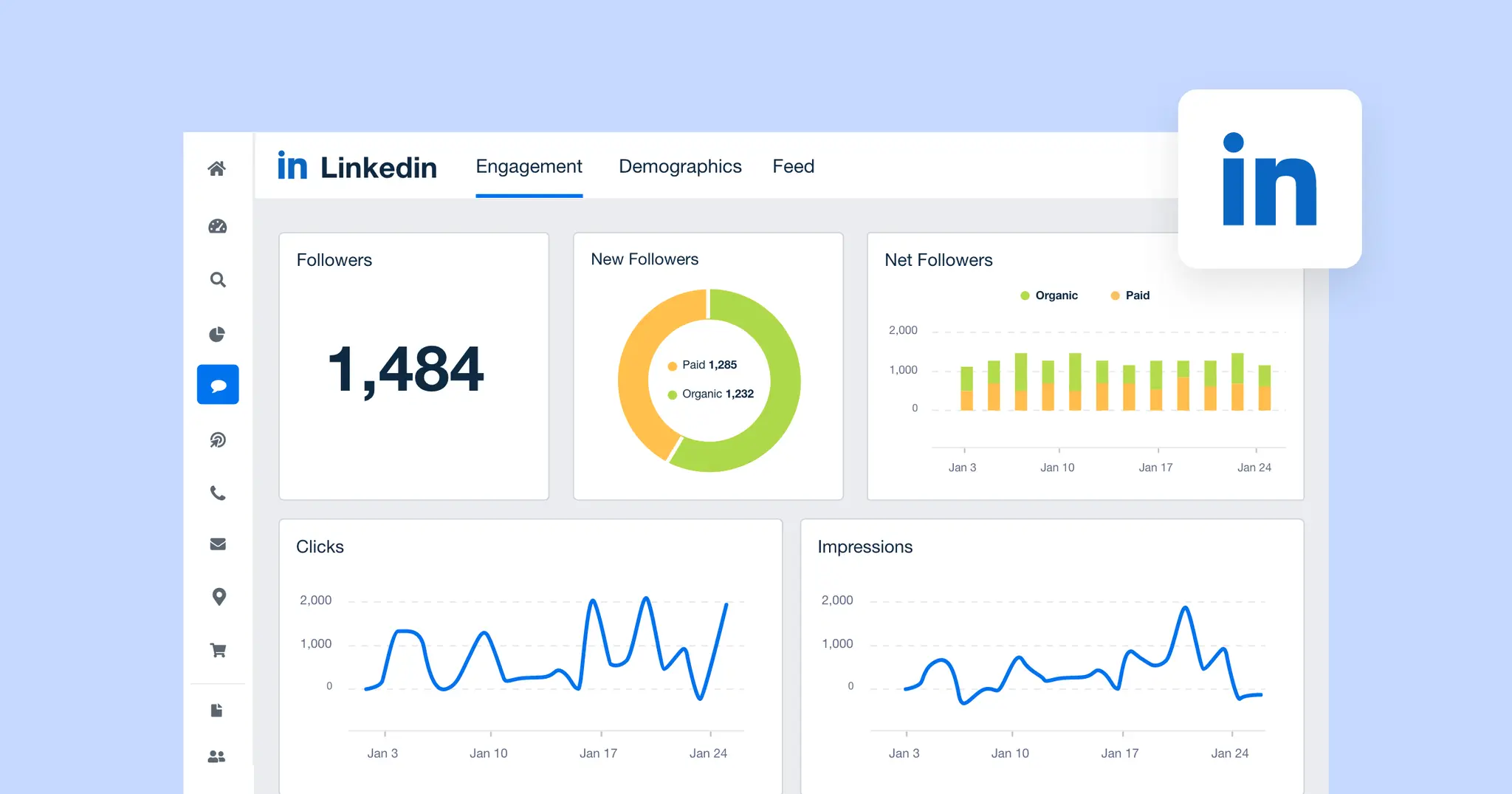
Monitoring and analyzing LinkedIn analytics is crucial to understanding the performance of your LinkedIn advertising and marketing efforts. Here’s a guide on how to effectively monitor and analyze LinkedIn analytics:
- LinkedIn Analytics Dashboard:
LinkedIn provides an analytics dashboard for Company Pages and Showcase Pages. This dashboard offers an overview of key metrics, including page views, follower demographics, and engagement.
- Campaign Analytics:
For advertising campaigns, use the LinkedIn Campaign Manager to access detailed analytics for each campaign. This includes metrics like clicks, impressions, click-through rates (CTR), and conversion tracking if set up.
- Define Key Performance Indicators (KPIs):
Identify and prioritize the key metrics that align with your business goals. Common KPIs for LinkedIn analytics include engagement rates, click-through rates, conversion rates, and lead generation metrics.
- Audience Insights:
Use LinkedIn analytics to gain insights into your audience’s demographics, such as job titles, industries, locations, and seniority. This information is valuable for refining your targeting strategy.
- Content Performance:
Analyze the performance of your organic and sponsored content. Look at engagement metrics (likes, comments, shares) to understand what content resonates most with your audience.
- Follower Growth:
Track the growth of your follower base over time. Monitor the effectiveness of your content and advertising efforts in attracting and retaining followers.
- Conversion Tracking:
If you’re running lead generation campaigns, use LinkedIn’s conversion tracking tools to measure the number of leads generated. Analyze the quality of leads and their progression through the sales funnel.
- A/B Testing Analysis:
If you’re running A/B tests on different ad creatives or targeting options, analyze the results to identify high-performing elements. Use these insights to optimize future campaigns.
- Time-of-Day and Day-of-Week Analysis:
Determine when your audience is most active on LinkedIn. Schedule your posts and ads to align with peak activity times for better reach and engagement.
- Benchmarking:
Compare your LinkedIn performance metrics to industry benchmarks. This can provide context and help you understand how your performance stacks up against competitors or industry standards.
- Identify Trends:
Look for trends in your data over time. Identify periods of increased or decreased engagement and correlate these trends with your content or advertising strategies.
- Adjust Strategy Based on Insights:
Use the insights gathered from analytics to refine your LinkedIn strategy. If certain types of content or ad formats perform well, incorporate more of them into your future campaigns.
- LinkedIn Ads Manager Insights:
Explore the Insights tab within LinkedIn Ads Manager for additional performance data and recommendations provided by LinkedIn.
- ROI Analysis:
Connect LinkedIn performance data with your overall marketing and sales data to measure the return on investment (ROI) of your LinkedIn efforts.
By regularly monitoring and analyzing LinkedIn analytics, you can make data-driven decisions to optimize your content and advertising strategies for better results on the platform.
Linkedin Marketing For B2B Companies With Kurieta
Empowered by Kurieta’s insights, B2B conmapnies can craft targeted content and strategically schedule posts, ensuring maximum impact. Kurieta adds finesse by optimizing ad campaigns and providing robust conversion tracking. The future of B2B marketing is here, and it’s a harmonious symphony of LinkedIn and Kurieta. From analytics-driven strategies to streamlined lead management, this dynamic duo unlocks a new era of efficiency and impact for B2B companies. Elevate your digital game with LinkedIn and Kurieta – the winning combination for B2B marketing success. 🚀

